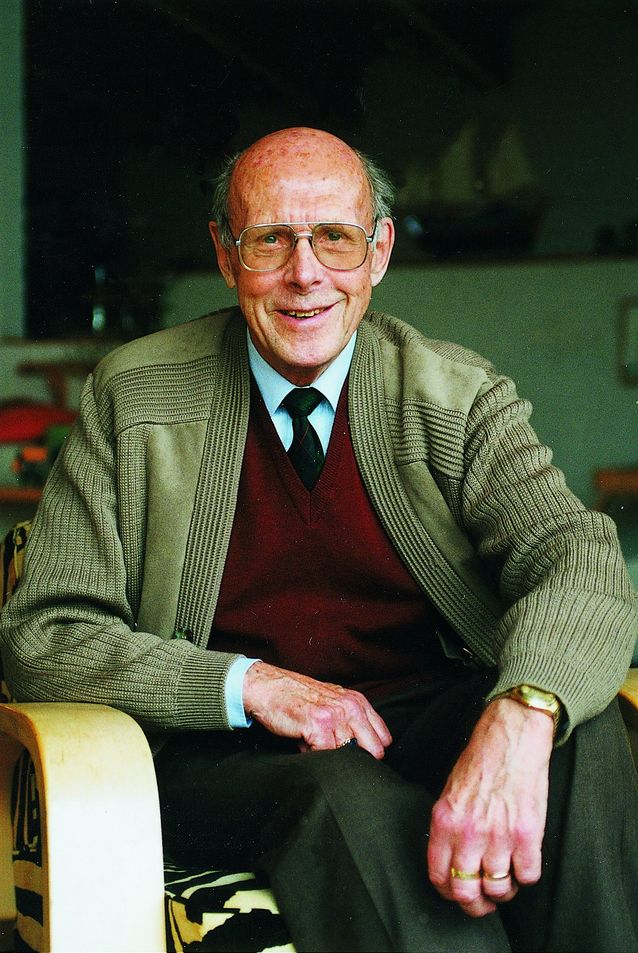Göran Schildt
Göran Gustaf Ernst Schildt
Born March 11, 1917, Helsinki. Died March 24, 2009, Tammisaari.
Master of Arts, 1943, Doctor of Philosophy (Art History), 1947, University of Helsinki
Reporter, Svenska Dagbladet newspaper 1950-1995
Titles
Commander, First Class of the Order of the Lion of Finland, 1980
Order of Merit of the Italian Republic, 1954
Knight Commander, Grand Cross of the Phoenix, 1954
Commander of the Royal Order of the Polar Star, 1987
Honorary Doctor of Technology, University of Tampere, 1987
Honorary Doctor of Philosophy, Åbo Akademi, 1988
Honorary Doctor of Architecture, University of Lund, 1991
Awards
The Tollander Award, 1952, 1991
State Award for Public Information, 1983
Swedish Literary Society Award, 1986, 1988
Kirjallisuuden Suomi (Finnish literary) Award, 1995
Photo: Schildts&Söderströms/Vidar Lindqvist
Written by Lauri Lönnström
Translated by John Calton

